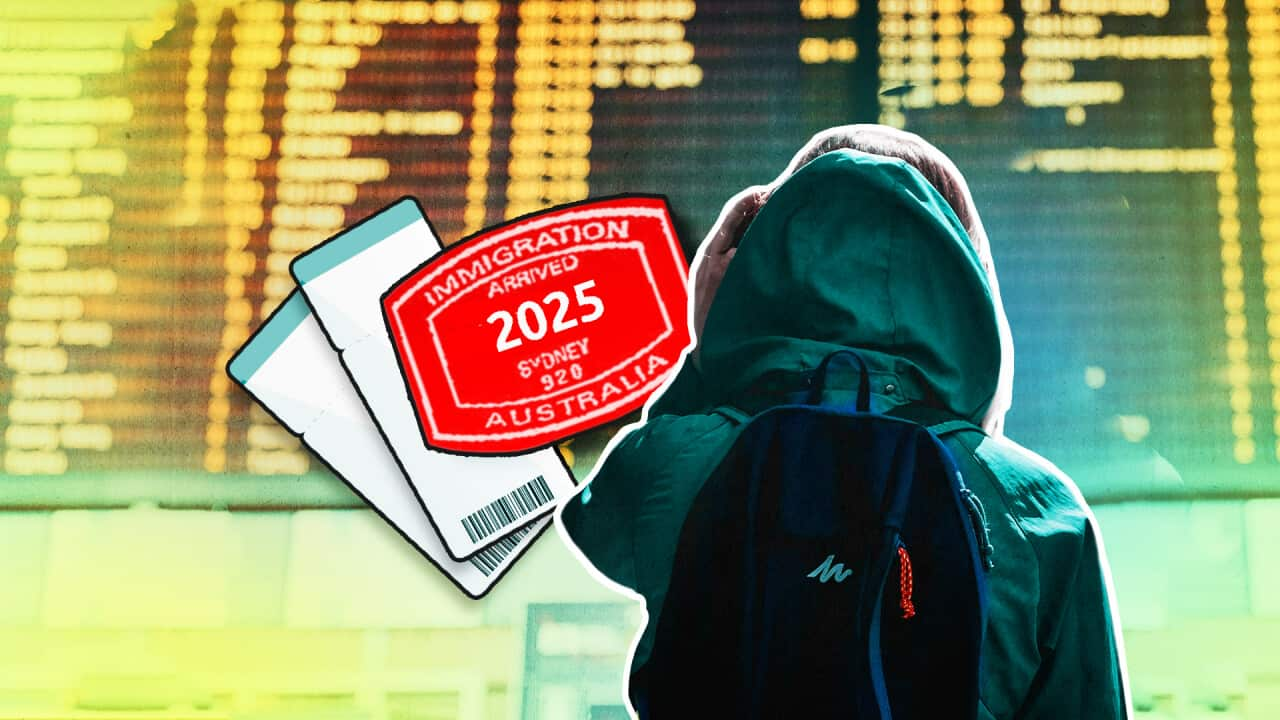Key points
- International borders expected to remain closed until mid-way through 2022
- No changes to Australia’s migration planning levels
- Australia’s net overseas migration projected to remain in negative levels throughout 2021-22
There will be no increase to the number of people able to migrate to Australia once international borders reopen in 2022, budget papers have revealed, despite population forecasts predicting a second year of negative net overseas migration.
The cap on people migrating to Australia will remain at 160,000 in 2021-22 as the government continues to focus on onshore applications and reducing the partner visa backlog at a cost of almost $300 million over four years.
Family and skilled stream places will remain at 2020-21 levels, while the humanitarian program will also remain capped at 13,750 places per year.
Last year, Australia’s net overseas migration plunged into negative levels for the first time since World War II due to widespread COVID-19 travel bans and border closures. Estimates suggest it will take at least another two years for it to return to pre-pandemic levels.
Handing down his third budget as Treasurer on Tuesday, Josh Frydenberg revealed a gradual return of permanent and temporary migrants is expected to occur from mid-2022 – about six months later than the assumption relied upon in previous federal budget.
Mr Frydenberg had previously flagged the travel ban would not be lifted by the end of the year in an interview with SBS News, but hadn’t revealed how far in to 2022 borders were likely to reopen.
“It is difficult business making assumptions like these in the middle of a pandemic, so they are by definition imprecise,” Mr Frydenberg told reporters in Canberra, stressing the budget timeline did not mean the government had made a decision on who Australia could open its borders to.
The government also used the budget to flag plans for a phased return of some international students to Australia from late 2021.
Finance Minister Simon Birmingham said the government would like to see international borders reopen “as soon as possible, but no sooner than it is safe to do so.”
This assumed delay in reopening international borders means net overseas migration will remain lower than previously expected, with a net loss of more than 77,000 forecast for the 2021-22 financial year.
Net overseas migration numbers measure how many people enter Australia and stay for more than 12 months, compared with how many people leave the country for the same period.
Overseas migration usually accounts for almost two-thirds of Australia’s population growth, but budget forecasts suggest it wont return to positive levels until 2022-23.
It could be another year still until overseas migration hits pre-pandemic levels of more than 200,000 people per year.
The government had previously hoped to reopen borders by the end of 2021 after they were slammed shut to everyone but Australian citizens, permanent residents and their close family members at the beginning of the pandemic.
Experts have previously said borders would not be able to open until most Australians have received their COVID-19 vaccine.
A major assumption of the budget is that a population-wide vaccine program will be in place by the end of 2021.
“Realistically, we're probably not going to get migration back until we have a decent vaccination program and a safe quarantine program,” CEDA economist Gabriela D’Souza told SBS News last week, adding that migrants were critical for repairing the economy.
“Migrants are younger, they work for longer, so they add more into tax revenues, and what they take out in payments, they add to our fiscal balances.”
Tuesday’s budget revealed a deficit of $161 billion for this financial year, a $52.7 billion improvement on last year’s forecast.











